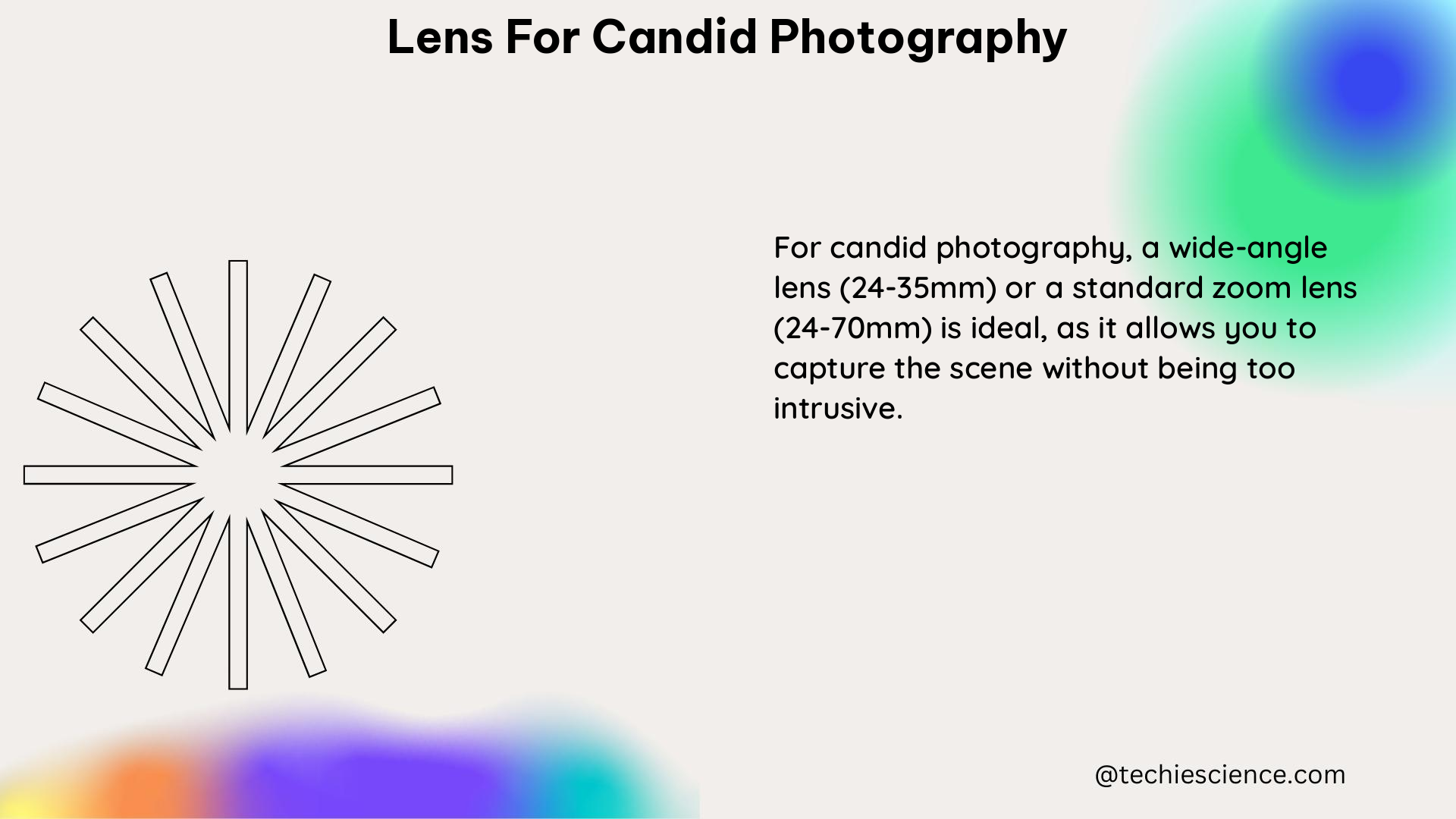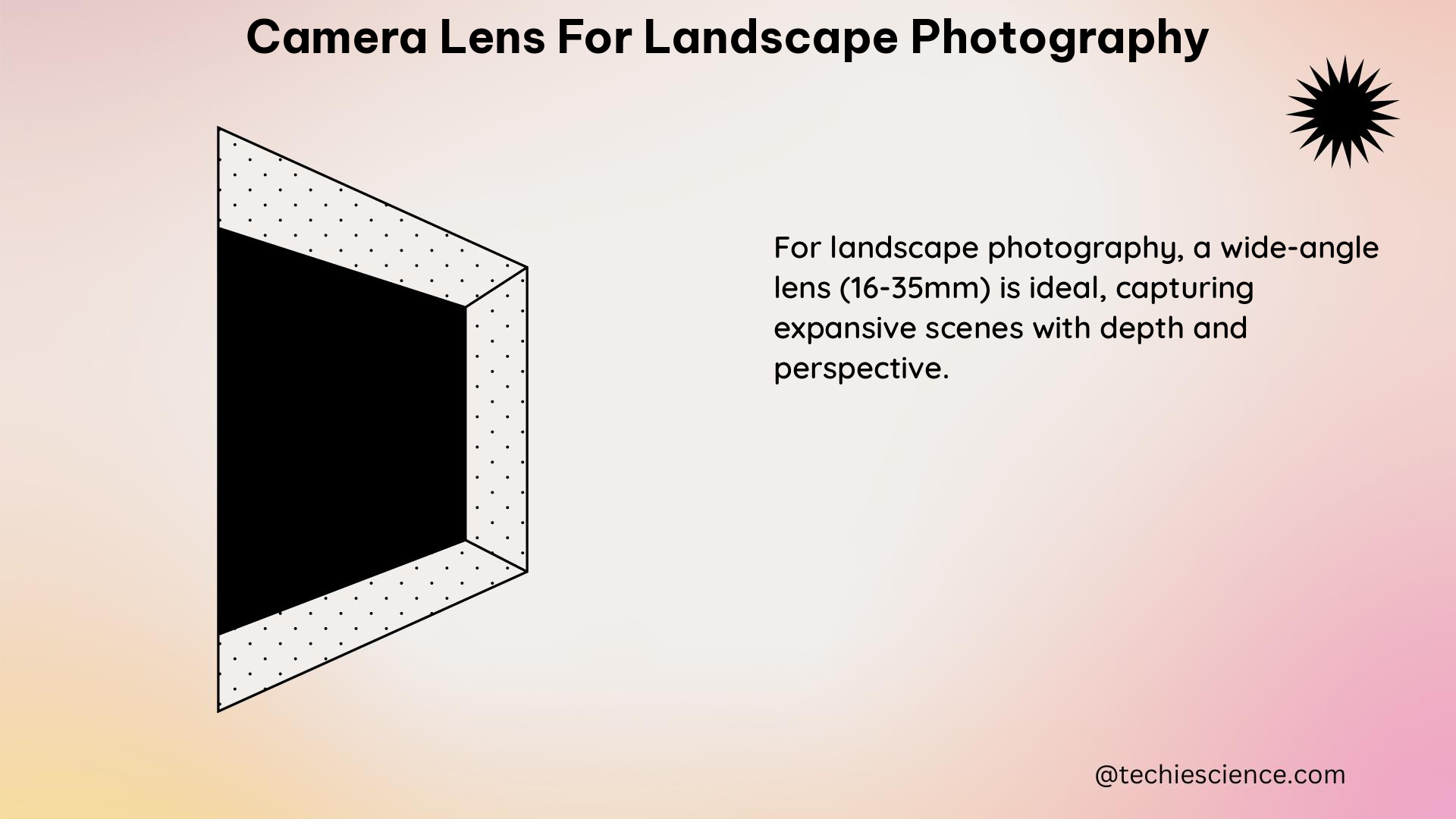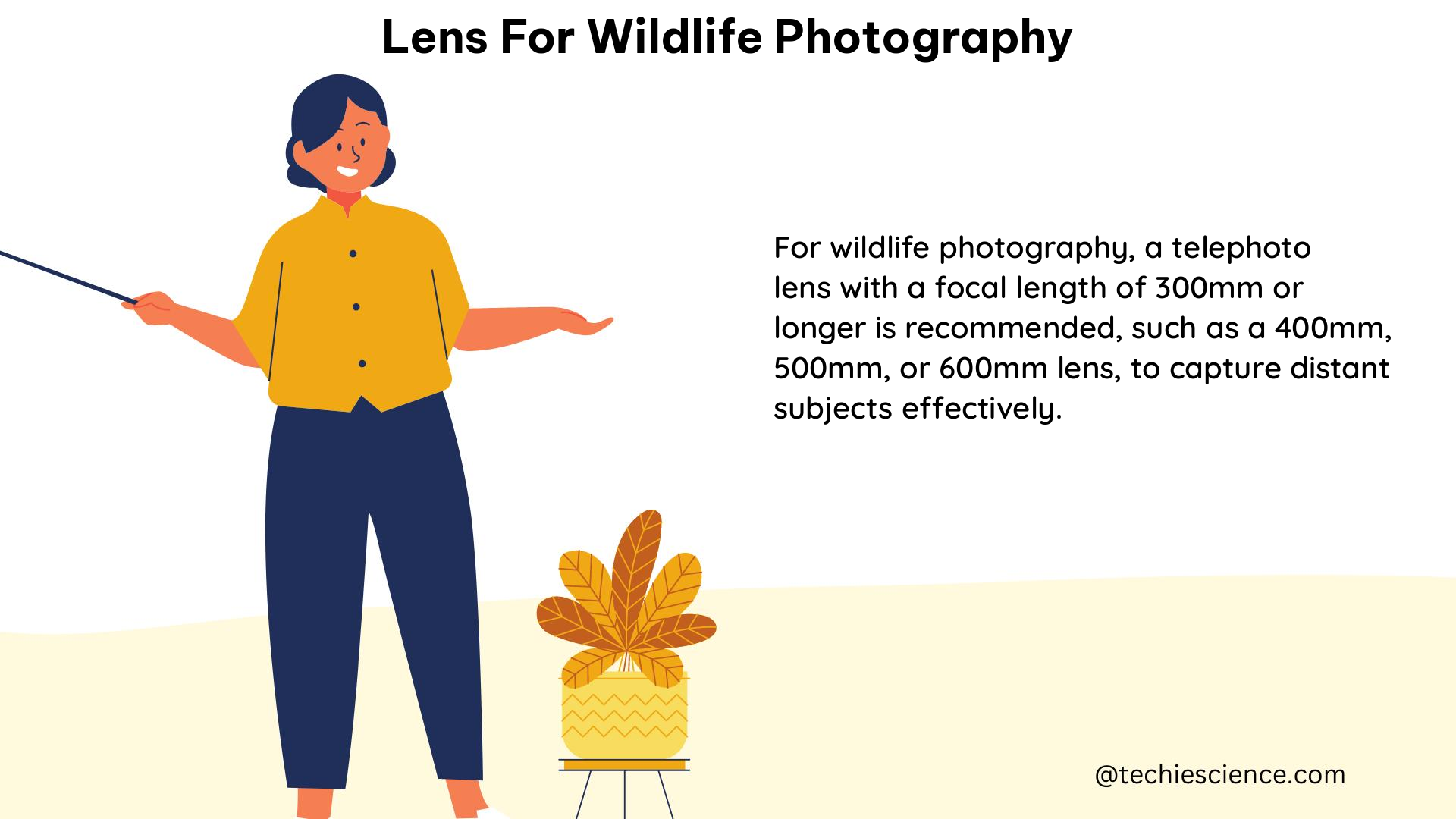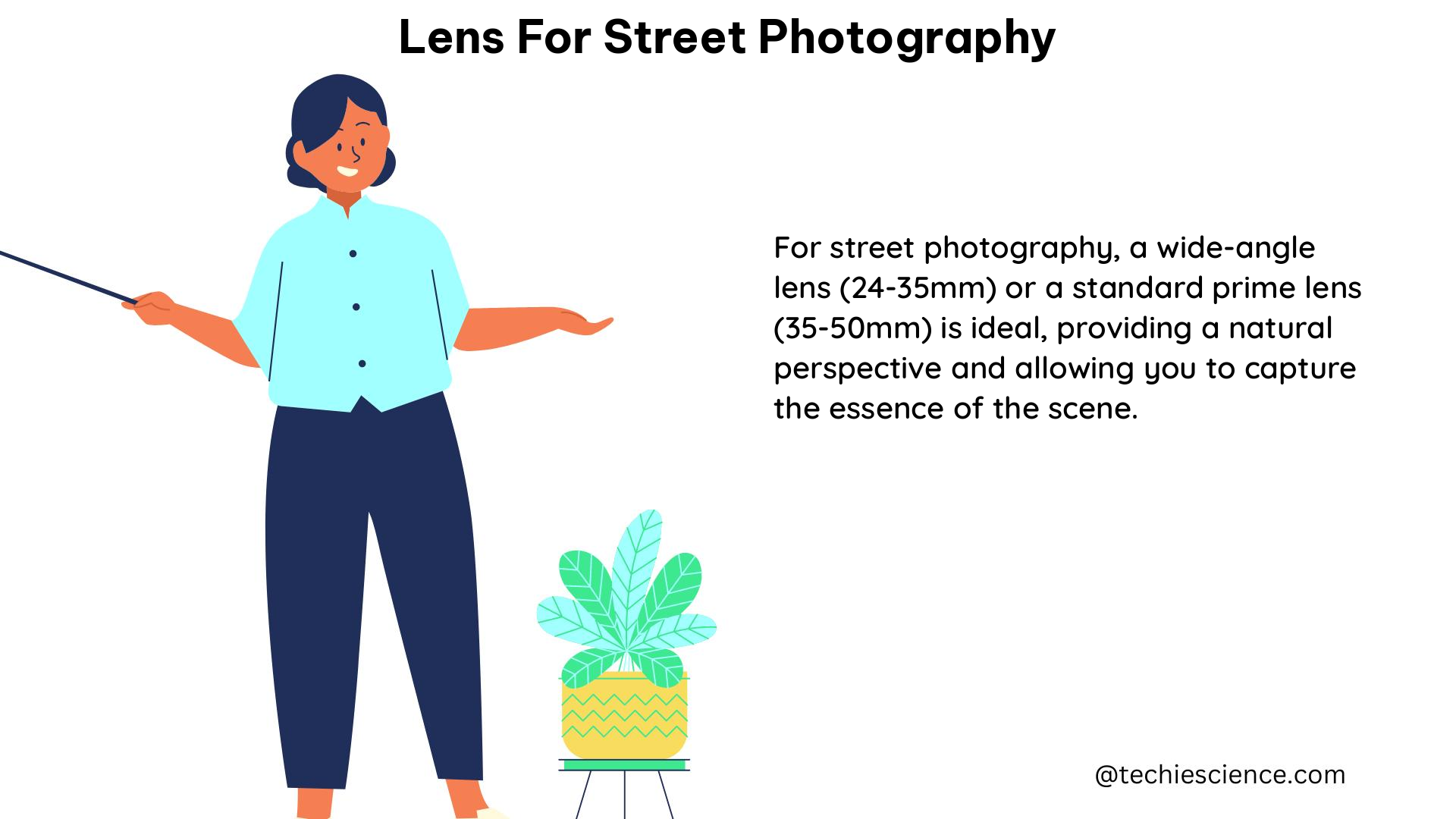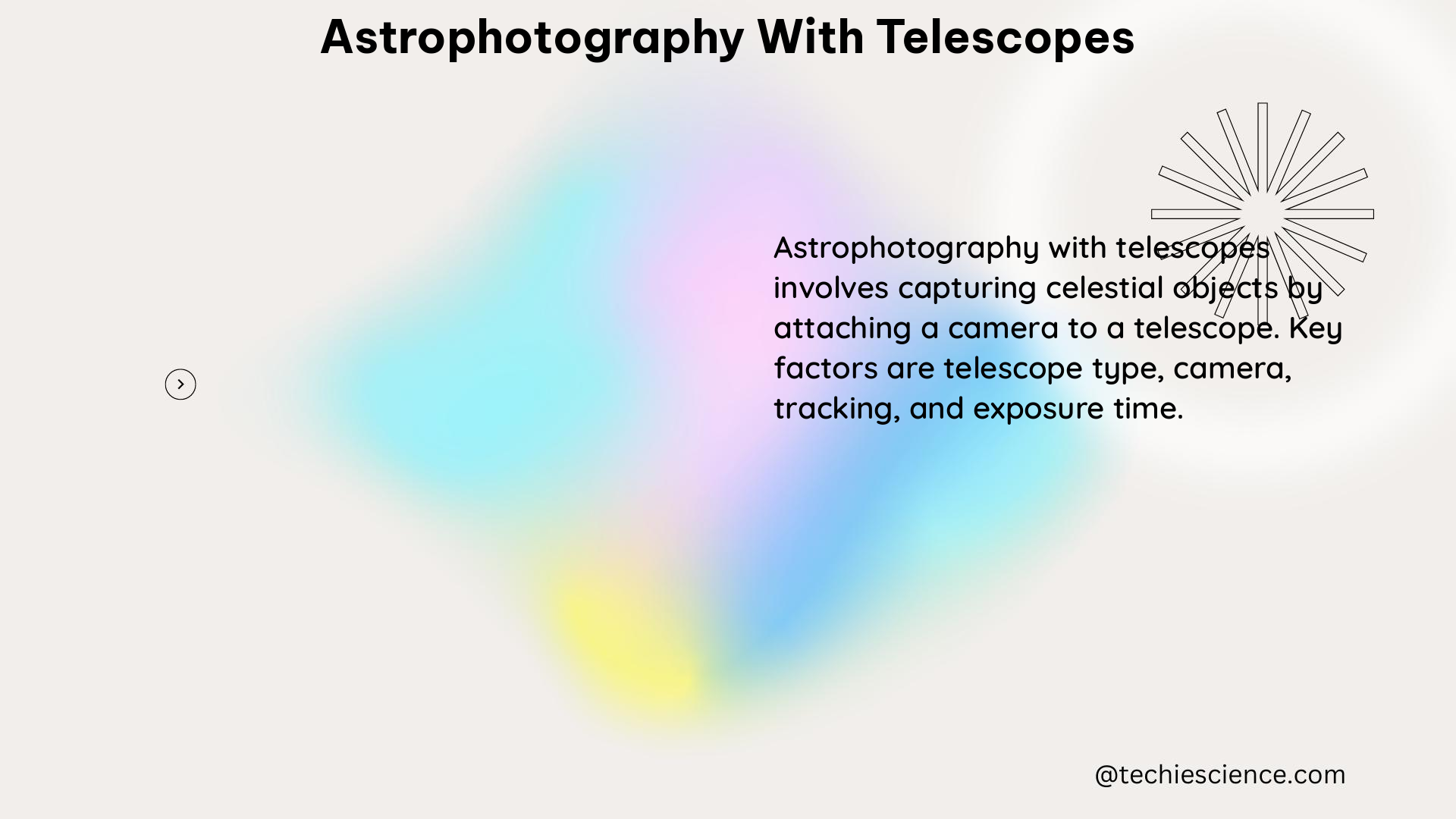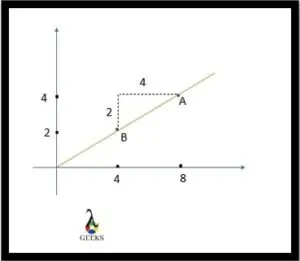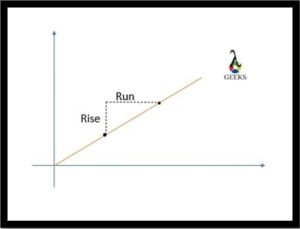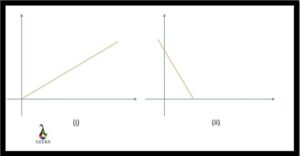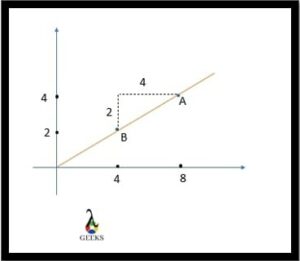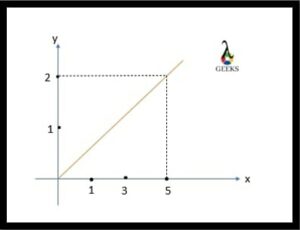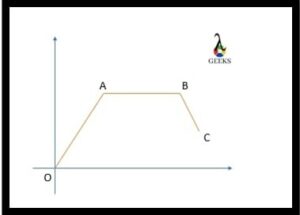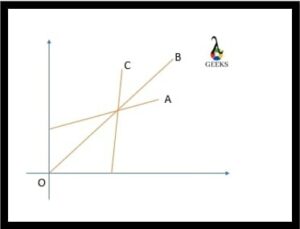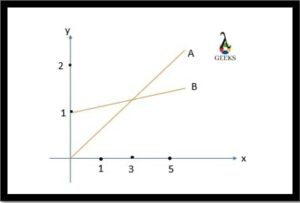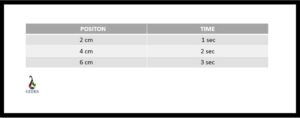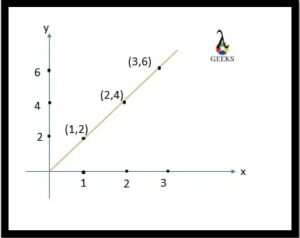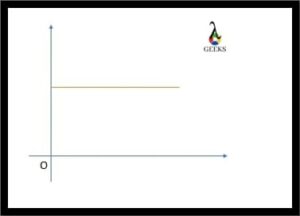Vapor pressure is a crucial property of substances, especially volatile ones, and it is often represented graphically as a function of temperature. The graph of vapor pressure versus temperature is a fundamental tool in understanding the behavior of substances in different conditions. This comprehensive guide will provide you with a deep dive into the theoretical explanations, formulas, examples, numerical problems, and technical specifications for creating vapor pressure and temperature graphs.
Theoretical Explanation of Vapor Pressure and Temperature Relationship
The relationship between vapor pressure and temperature is described by the Clausius-Clapeyron equation, which is a fundamental equation in thermodynamics. The Clausius-Clapeyron equation relates the change in vapor pressure to the change in temperature and the molar enthalpy of vaporization. The equation is given by:
ln(P2/P1) = -(ΔHvap/R)(1/T2 – 1/T1)
Where:
– P1 and P2 are the vapor pressures at temperatures T1 and T2, respectively
– ΔHvap is the molar enthalpy of vaporization
– R is the gas constant
This equation can be used to estimate the vapor pressure at a given temperature if the vapor pressure and temperature at another point are known, as well as the molar enthalpy of vaporization.
Example and Numerical Problem
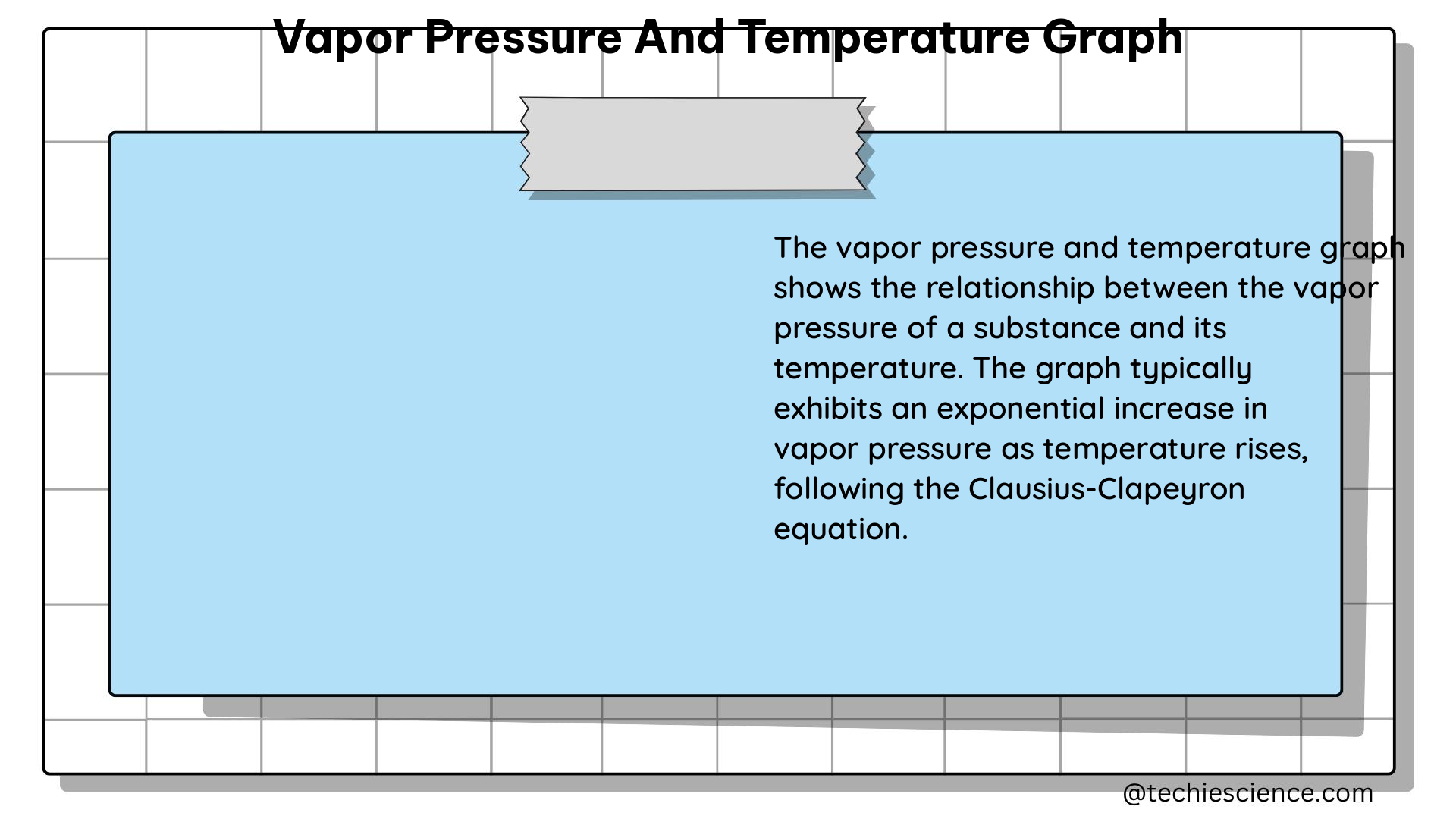
Let’s consider the example of water, which is a commonly studied substance in thermodynamics. The normal boiling point of water is 100°C (373.15 K), and the molar enthalpy of vaporization is 40.65 kJ/mol.
We can use the Clausius-Clapeyron equation to estimate the vapor pressure of water at 50°C (323.15 K).
ln(P2/P1) = -(ΔHvap/R)(1/T2 – 1/T1)
ln(P2/101.325 kPa) = -(40,650 J/mol / 8.314 J/mol·K)(1/323.15 K – 1/373.15 K)
P2 = 12.27 kPa
Therefore, the vapor pressure of water at 50°C is approximately 12.27 kPa.
Vapor Pressure Data and Graphs
Vapor pressure data are typically presented in the form of a graph, with the vapor pressure on the y-axis and the temperature on the x-axis. The graph is usually plotted on a logarithmic scale for the vapor pressure to accommodate the wide range of values.
For example, the vapor pressure of water at different temperatures is as follows:
– 0°C: 0.61 kPa
– 20°C: 5.62 kPa
– 60°C: 23.76 kPa
– 100°C: 101.325 kPa
These data points can be plotted on a graph to obtain the vapor pressure curve of water.
Vapor Pressure Curve of Water

The graph shows the exponential relationship between the vapor pressure and temperature of water. As the temperature increases, the vapor pressure increases exponentially, as predicted by the Clausius-Clapeyron equation.
Technical Specifications for Vapor Pressure and Temperature Graphs
To create a high-quality vapor pressure and temperature graph, you should follow these technical specifications:
- Software Tools: The graph can be created using various software tools, such as Excel, MATLAB, or Python.
- Scales: The graph should have a logarithmic scale for the vapor pressure and a linear scale for the temperature.
- Axis Labels: The x-axis should be labeled “Temperature (°C)”, and the y-axis should be labeled “Vapor Pressure (kPa)”.
- Graph Title: The graph should include a title, such as “Vapor Pressure Curve of Water”.
- Data Points: The data points should be accurately plotted on the graph.
- Curve Fitting: The curve should be fitted using a suitable method, such as the Antoine equation or the Clausius-Clapeyron equation. The curve should be smooth and continuous, and it should pass through the data points as closely as possible.
By following these technical specifications, you can create a high-quality vapor pressure and temperature graph that effectively communicates the relationship between these two important properties.
Additional Data and Considerations
In addition to the water example, vapor pressure and temperature graphs can be created for a wide range of substances, including other common liquids and gases. The specific data points and curve shapes will vary depending on the substance’s properties, such as the molar enthalpy of vaporization and the critical temperature.
It’s also important to note that the Clausius-Clapeyron equation is valid only for the liquid-vapor equilibrium region, and it may not accurately describe the vapor pressure behavior near the critical point or in the supercritical region.
Conclusion
The vapor pressure and temperature graph is a fundamental tool in understanding the behavior of substances in different conditions. By understanding the theoretical relationship between vapor pressure and temperature, as well as the technical specifications for creating these graphs, you can effectively analyze and interpret the behavior of various substances. This comprehensive guide has provided you with the necessary knowledge and resources to become an expert in vapor pressure and temperature graphs.
References
- Chemistry LibreTexts. (2020, October 27). 7.2: Vapor Pressure – Chemistry LibreTexts. Retrieved from https://chem.libretexts.org/Courses/Oregon_Institute_of_Technology/OIT:_CHE_202_-_General_Chemistry_II/Unit_7:_Intermolecular_and_Intramolecular_Forces_in_Action/7.2:_Vapor_Pressure
- Penski, E.P., & Latour, Jr., L.J. (1971). Conversational Computation Method for Fitting the Antoine Equation to Vapor-Pressure-Temperature Data; EATR 4491; U.S. Army Chemical Research Laboratory: Edgewood Arsenal, Aberdeen Proving Ground, MD, 1971; UNCLASSIFIED Report (AD881829).
- Seber, G.A.F., & Wild, C.J. (2003). Nonlinear Regression. John Wiley & Sons.
- NIST/TRC Web Thermo Tables. (n.d.). Retrieved from https://webbook.nist.gov/chemistry/
- Lide, D.R. (Ed.). (2005). CRC Handbook of Chemistry and Physics (86th ed.). CRC Press.
